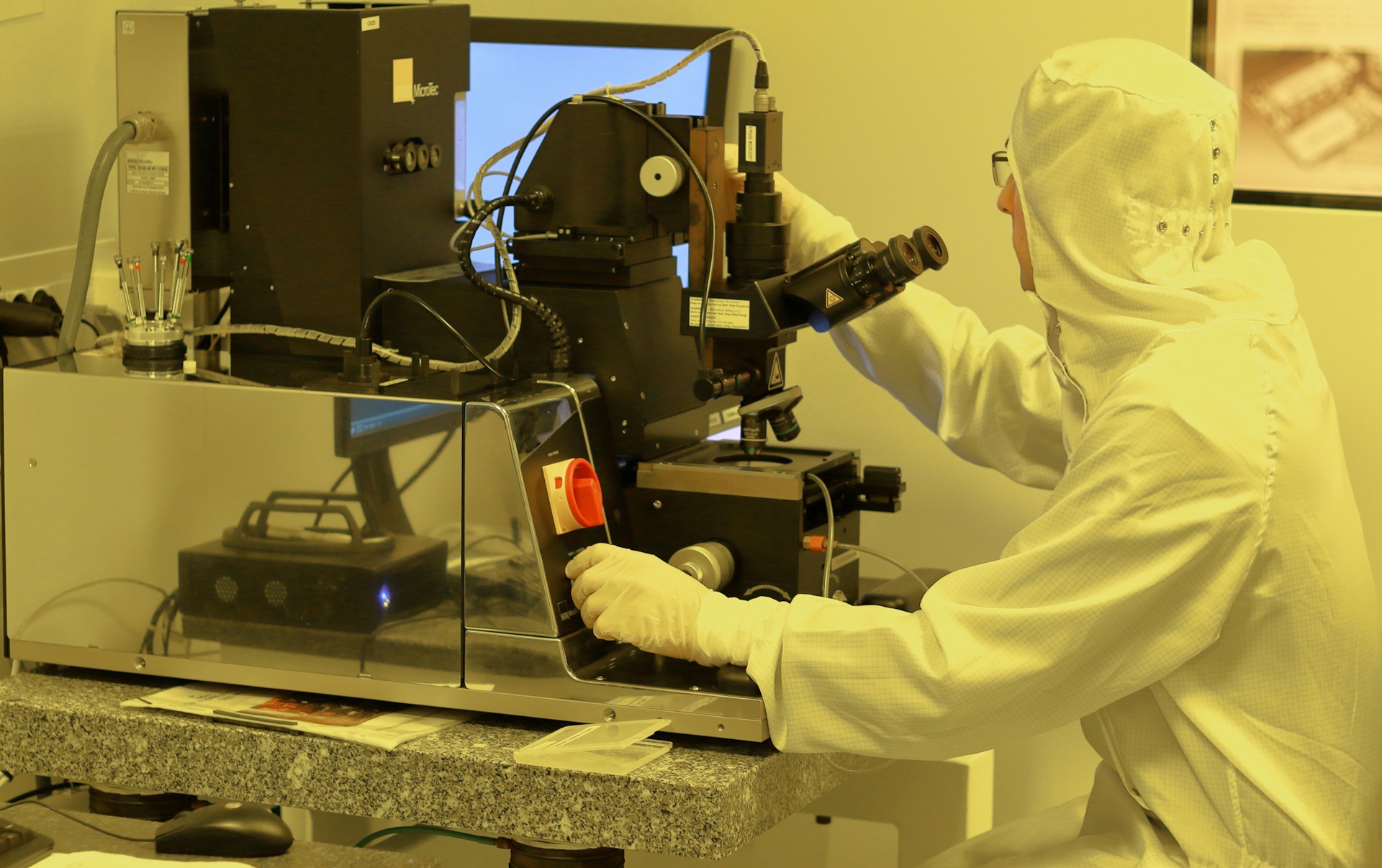A collaborative research effort led by scientists at Caltech has provided new insights into superconductivity by identifying a previously unobserved state in an iron-based superconductor. The team’s findings, published in the journal Nature, document the discovery of an atomic-scale modulation in the superconducting energy gap. Check out the published paper below:
Kong, L., Papaj, M., Kim, H., Zhang, Y., Baum, E., Li, H., Watanabe, K., Taniguchi, T., Gu, G., Lee, P. A., & Nadj-Perge, S. (2025). Cooper-pair density modulation state in an iron-based superconductor. Nature, 640(8057), 55–61. https://doi.org/10.1038/s41586-025-08703-x
Superconductivity, the property of zero electrical resistance, underpins a range of modern technologies; from the magnets in MRI machines to emerging quantum computing systems. In conductors, electrons lose energy through collisions with ions; however, in superconducting states, electrons form pairs (known as Cooper pairs) that carry current without resistance as long as their energy remains within a narrow band. The extent to which these pairs remain stable is characterised by a feature known as the energy gap.
For decades, researchers have explored ways in which the energy gap might not be uniform throughout a material. Early theoretical work in the 1960s posited that the gap could vary spatially, a concept that evolved into the proposal of the pair density wave (PDW) state in the 2000s. Under the PDW model, the superconducting energy gap oscillates over longer wavelengths, potentially influencing the material’s properties in novel ways. Stevan Nadj-Perge, a professor of applied physics and materials science at Caltech said:
“Understanding the mechanisms leading to the formation of superconductivity and discovering exotic new superconducting phases is not only one of the most stimulating pursuits in the fundamental study of quantum materials but is also driven by this ultimate dream of achieving room-temperature superconductivity,”
The Caltech-led study focused on thin flakes of the iron-based superconductor FeTe₀.₅₅Se₀.₄₅. Unlike earlier observations where uniform or long-wavelength modulations were expected, the team identified a modulation of the superconducting gap that coincides with the atomic spacing. This newly observed state; referred to as the Cooper-pair density modulation (PDM) state, exhibited a gap fluctuation of up to 40 percent across atomic distances. Lingyuan Kong, AWS quantum postdoctoral scholar research associate said:
“The observed gap modulation, reaching up to 40 percent, represents the strongest reported so far, leading to the clearest experimental evidence to date that gap modulation can exist even at the atomic scale,”
One of the primary challenges in examining such phenomena has been achieving a surface clean enough for detailed scanning tunneling microscopy (STM) experiments. For nearly twenty years, surface contamination issues have impeded progress in probing thin superconducting films. The research team, however, successfully employed a novel experimental setup at the Kavli Nanoscience Institute (KNI) that effectively minimised surface contamination, allowing for clear and precise measurements of the energy gap modulation.
Future progress in quantum computing as well as energy transmission and medical technologies requires a comprehensive investigation of atomic-scale superconducting states. The research moves toward the realisation of room-temperature superconductivity yet scientists remain focused on enhancing current temperature restrictions.
The study was the result of a collaborative effort by the following team of researchers, including Lingyuan Kong, Michał Papaj, Hyunjin Kim, Yiran Zhang, Eli Baum, Hui Li, Kenji Watanabe, Takashi Taniguchi, Genda Gu, Patrick A. Lee, and Stevan Nadj-Perge.

Hassan graduated with a Master’s degree in Chemical Engineering from the University of Chester (UK). He currently works as a design engineering consultant for one of the largest engineering firms in the world along with being an associate member of the Institute of Chemical Engineers (IChemE).



